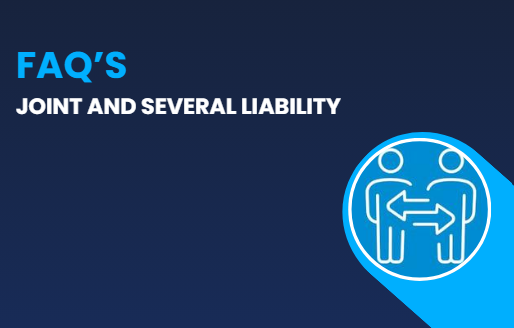Hybrid Umbrella Models - A Warning
- elin9975
- Mar 1, 2021
- 2 min read
We’ve noticed that there are still a lot of recruitment agencies out there using a selection of Hybrid Umbrella or Elective Deduction Models to payroll their workers, due to being able to process a lower pay rate to remain competitive in the field. The risks involved in this however are huge – and it seems that agencies continue to be miss-sold these models and are not aware of the implications they cause. Here we discuss what you should look out for, and what the risks are.
Below are the signs of a compliant Umbrella PAYE model;
Statutory PAYE Deductions such as Pension, Apprenticeship Levy, Holiday pay, Relevant tax and NI
Employers NI - at the correct amount of 13.8%
Minimum pay rates / no risk of paying under the NMW after the correct employment deductions
A contract of employment between the worker and the Umbrella Company
The typical Hybrid model will avoid paying the correct statuary PAYE deductions over to HMRC. This can occur due to the Umbrella company signing the contractor up on a Contract for Services, rather than a Contract of Employment, so it’s crucial you understand which contracts your supply chain have in place.
A contract for services states that the worker will be self-employed, rather than an employee. This allows the Umbrella company to not submit any ENI or standard PAYE deductions over to HMRC.
For example; if a labourer has a contract for services with the Umbrella company, that would suggest they are working as self-employed. However, labourers are deemed by HMRC to be under Supervision, Direction and Control and should therefore be paid as employees. This opens up your risk as an agency. As recruitment agencies are liable for self- employed contractors, ensuring your contractors are signed up to the correct contract should be a standard part of your due diligence.
Another issue these models may cause to the recruiter is the intermediary report submitted. A candidate operating via a recruitment agency who is under SDC on site will be declared on the intermediary report as an employee/PAYE. Let’s take the same worker, but one who is working via a Hybrid model. As a contract for services is in place, the worker will be declared as self-employed on the report. Therefore, these are false declarations and HMRC can fine an agency up to £400 per worker on an intermediary report if there is found to be incorrect reporting.
It seems HMRC are clamping down on these models, bringing in the likes of the Criminal Finance act 2017, to dissuade the partaking of compliant models, and incentives targeting the recruitment agencies and their Directors.
However, it’s still important to understand your supply chain, and make sure you’re paying your workers compliantly, as these fines could be devastating to a business which you have worked hard to grow and become reputable.
If you would like to discuss how Clipper can work alongside your agency compliantly, or about any legislation or payment models that may affect your recruitment agency, call us on 01305233170.




Comments